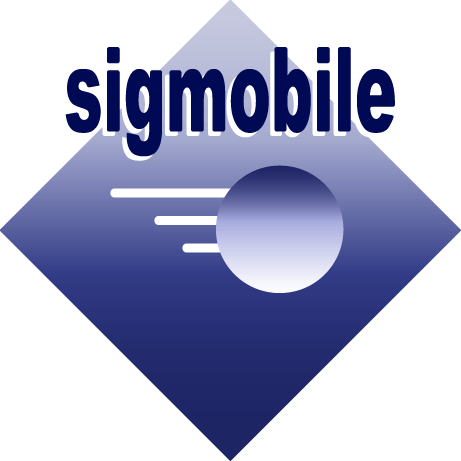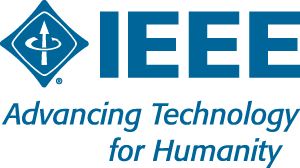
|
The Sixth ACM/IEEE Symposium on Edge Computing San Jose, CA, December 14-17, 2021 |
|---|


Keynote
Main Conference
Keynote 1: Edge, what is, and what could be?
Kaniz Mahdi
VP Distributed Edge @ VMware
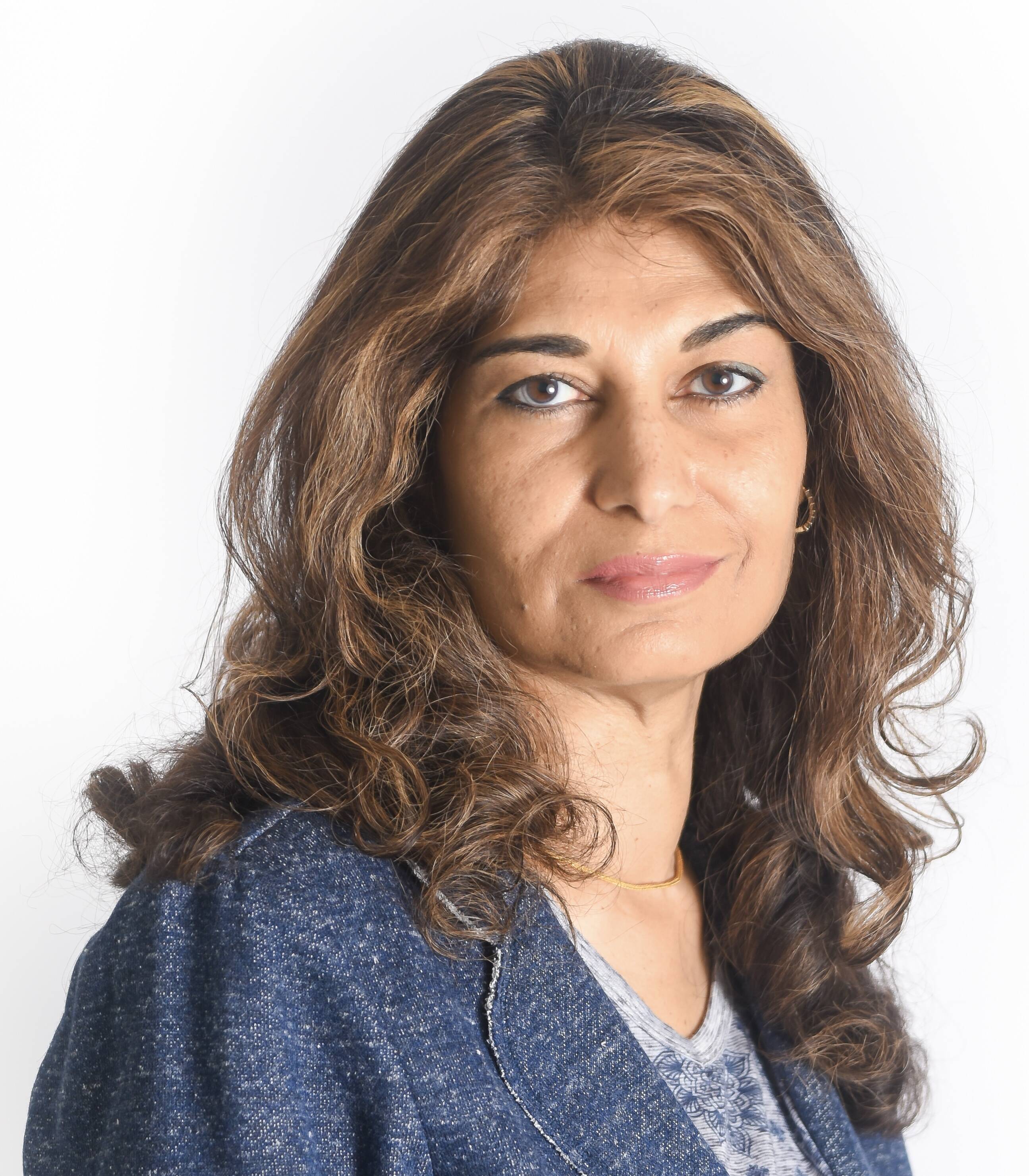
Bio:
Kaniz Mahdi is Vice President of Distributed Edge at VMware. Kaniz is leading a multi-faceted global team
of research scientists, architects and developers specializing in advanced technologies that sit at the
intersection of Wireless, Cloud and AI in the VMWare Office of the CTO. Key focus includes user-centric
research and co-innovation with industry and academia to unravel the complexities of Distributed Edge
Cloud systems. The outputs of these research and co-innovation efforts will drive recommendations for
VMware’s strategic evolution in this space.
Prior to VMware, Kaniz held various technology leadership positions at Ericsson, Huawei, Ciena and Nortel.
With 45+ patent grants, Kaniz has a stellar record of continuously pushing the envelope on new technologies.
She is an inventor of essential technologies underpinning current Voice over LTE systems and has been instrumental
in defining the 5G era landscape with disruptive technologies (e.g. SDN/NFV & O-RAN).
Keynote 2: Scientific AI at the Edge and the Digital Continuum.
Pete Beckman
Co-Director, Northwestern Argonne Institute of Science and Engineering and Argonne Distinguished Fellow

Abstract: Geographically distributed sensor networks that include cameras, microphones, LIDAR, and weather and air quality stations can generate such large volumes of data that fast and efficient analysis is best performed by an embedded computer connected directly to the sensor. SAGE is an NSF MSRI project to build a national cyberinfrastructure for programable edge computing. The SAGE infrastructure allows scientists to write “software-defined sensors” by analyzing the data in-situ, at the edge, at the highest resolution of data. The data from the edge computation are then transmitted to a cloud computing infrastructure where they can be archived and provided to the community as data products or used in real-time to trigger computational models or dynamically modify subsequent edge computation. This new edge computing programming framework gives scientists a new tool for exploring the impacts of global urbanization, natural disasters such as flooding and wildfires, and climate change on natural ecosystems and city infrastructure. SAGE is deploying cyberinfrastructure in environmental testbeds in California, Colorado, and Kansas and in urban environments in Illinois and Texas. This talk will introduce AI@Edge, and how it is being used across the country to help solve difficult scientific problems and the future of programming models that can span edge to cloud.
Bio:
Pete Beckman is a recognized global expert in high-end computing systems. During the past 30 years, his research has focused on software and
architectures for large-scale parallel and distributed computing systems. For the DOE’s Exascale Computing Project, Beckman leads the Argo
project focused on low-level resource management for the operating system and runtime. He is the founder and leader of Argonne’s Waggle project
for artificial intelligence (AI) and edge computing. Beckman also co-directs the Northwestern University / Argonne Institute for Science and
Engineering and leads the Sage project funded by the National Science Foundation to build a nationwide infrastructure for AI at the edge to
support ecological research for the National Ecological Observatory Network and urban research for the Array of Things. Beckman also coordinates
the collaborative technical research activities in extreme-scale computing between the U.S. Department of Energy and Japan’s ministry of education,
science, and technology and helps lead the Big Data and Extreme Computing BDEC) series of international workshops. He also coordinates 5G wireless
research activities at Argonne.
Keynote 3: Converging Cloud & Telecommunications Infrastructures: Opportunities & Challenges
Victor Bahl
Technical Fellow & Chief Technology Officer, Azure for Operators

Abstract: 5G has created an unprecedented opportunity for telecommunications and cloud industries to come together and radically change the communications and computing infrastructures, with edge computing as the catalyst. I will describe the scientific advances bringing us to where we are today and then cast an eye to the future in sharing with the audience a vision for where things are going with telecommunications, including key enablers and potential surprises on the horizon. This will set the context for describing the opportunity ahead for the research community in the next several years, and beyond, as we stay at the forefront of innovation in telecommunications, with innovations with the cloud and edge. I will next move into near-term strategy with Microsoft standing up of Azure of Operators (AFO). AFO is aimed at bringing telecommunications industry to Azure as an integral component of its global infrastructure. I will describe the motivation and vision that led to the creation of AFO, its mission, and the significant technical and scientific challenges, which when overcome will lead to the inevitable convergence of two massive industries and new opportunities for startups, universities and research institutes.
Bio:
Victor Bahl is a technical fellow and chief technology officer of Azure for Operators in Microsoft’ Strategic Missions and Technology division. Previously, he was the founding
director of the networking research group and member of Microsoft Research’s senior leadership team. He is the original inventor behind Microsoft’s edge computing products, and
the architect of the strategy that led to the creation of Azure for Operators business. He has published over 125 papers with over 57,000 citations, he is the author/co-author
of 175 patents, and for unique research has received numerous awards including four lifetime achievement awards, three distinguished alumni awards and four national technology
awards. Dr. Bahl is the founder of ACM SIGMOBILE, MobiSys, ACM GetMobile, and several other conferences. He serves on the advisory board of national research institutes, university
departments, and non-profits. He is a Fellow of ACM, IEEE, and AAAS.
Keynote 4: Quantum communication and networks for edge computing
Lijun Ma
NIST

Abstract: Quantum communication can realize secure communication over unsecured communication links, and its security is guaranteed by the principles of quantum mechanics and is un-hackable by any mathematical methods. Quantum communication also work for distributed quantum computing network and distributed quantum sensing network. Due to these advantages in security and computing ability , quantum communication systems could play an important role in the edge computing field. In this talk, I will give a brief review on the state-of-the-art development of quantum communication and network, and discuss their potential applications in edge computing.
Bio:
Dr. Ma works with the quantum communication and network project at the National Institute of Standards and Technology (NIST).
As one of leading scientists, he developed a variety of quantum communication and network systems, including world-record speed
quantum key distribution (QKD) system, 50-km fiber-based QKD communication system and a 3-node QKD network. He also developed
key components for quantum communication systems, such as the frequency up-conversion single photon detectors, entangled photon
sources, and quantum memories. Dr. Ma has coauthored scores of articles in top journals, keynote and invited talks in conferences
and workshops, and patents in quantum communication field. His current research focuses on the entanglement distribution over
quantum network and the quantum repeaters.
Panel 1
Edge Computing Software: Where are we today?
December 14, 5:30-6:30 PM
Moderator
Weisong Shi
Wayne State University
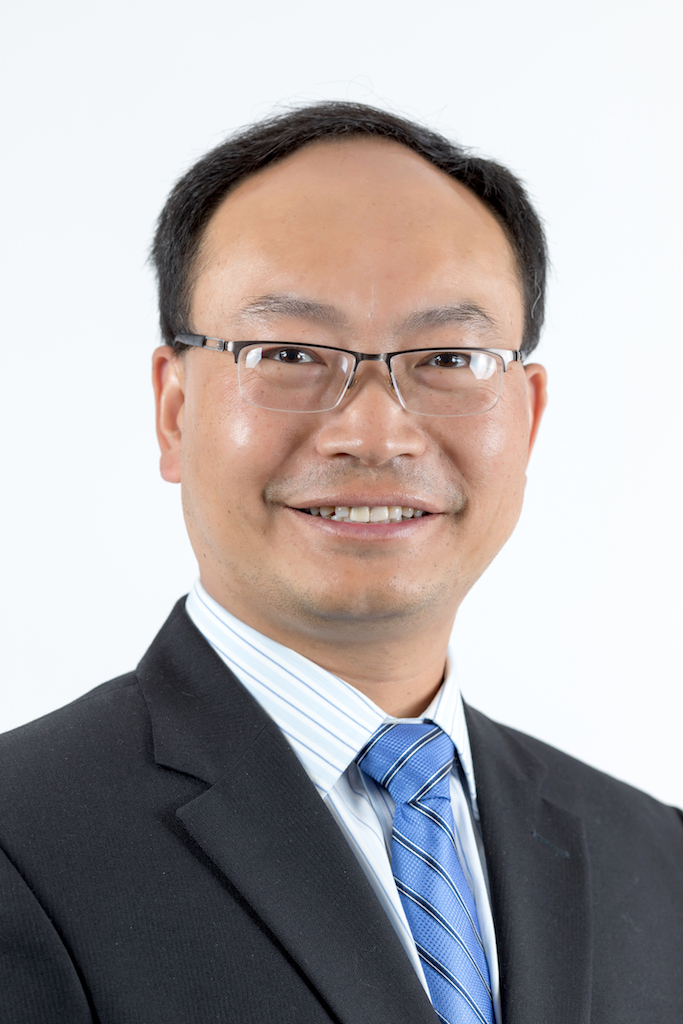
Weisong Shi is a Charles H. Gershenson Distinguished Faculty Fellow and a Professor of Computer Science with Wayne State University, USA, where he directs the Mobile and Internet SysTems Laboratory (MIST) and Connected and Autonomous dRiving Laboratory (CAR), investigating performance, reliability, power- and energy-efficiency, trust and privacy issues of networked computer systems, and applications. He is one of the world leaders in the edge computing research community, and published the first book on edge computing. His paper entitled “Edge Computing: Vision and Challenges” has been cited more than 4100 times. In 2018, Dr. Shi led the development of IEEE Course on Edge Computing. In 2019, Dr. Shi served as the lead guest editor for the edge computing special issue on the prestigious Proceedings of the IEEE journal. He is the Founding Steering Committee Chair of the ACM/IEEE Symposium on Edge Computing (SEC) and the IEEE/ACM Connected Health: Applications, Systems and Engineering (CHASE). He is an IEEE Fellow and an ACM Distinguished Scientist.
Panelists
Niranjan Maka
SmartHub.ai
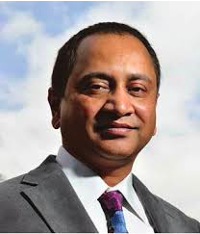
Niranjan Maka is the CEO of SmartHub.ai, a bay-area spin-off from VMware, focused on edge technologies.
In the recent past, he used to lead VMWare’s Edge/IoT Engineering and prior to that head VMWare’s Global R&D sites. He has held leadership positions in RSA Security / EMC, Siebel-Oracle and Tata Consultancy Services (TCS).
With over 30 years experience in technology, he is passionate about building people and businesses involving deep technology.
Tina Tsou
Enterprise Architect, Arm; TSC Chair, Akraino

Jim Xu
Zenlayer

Jim Xu is a principal Engineer at Zenlayer leading distributed edge cloud and global cloud networking. Zenlayer is an innovative company in the Edge Cloud business. Before joining Zenlayer, he was a Technical Leader in Cisco’s flagship products, a Principal Engineer at Futurewei Technologies for the enterprise networking and Edge Computing platforms. He also partnered with several companies before in the areas of the Edge Computing IoT and Decentralized infrastructure. He has been granted over 20+ US and international patents. He is a current LF Edge Board member.
Tianyang Ma
Principal Applied Scientist, Amazon Lab126

Tianyang is a Principal Applied Scientist at Amazon Lab126. He is the Lead Scientist of Device AI team, which delivers computer vision and AI features on millions of Amazon Devices (e.g. Amazon Echo devices, Fire TV, Ring Cameras, etc.). Tianyang got his PhD in computer vision. His passion is in building machine perception solutions running on mobile devices. Before joining Amazon, he spent several years at Google Brain and Meta Reality Labs. Some of his past projects include Dynamic Perspective on Amazon Fire Phone and Skeletal hand tracking on Oculus Quest.
Wei Liu
Director of Deep Learning Software. NVIDIA

Wei Liu is a Director of Deep Learning Software at Nvidia. He heads the GPU DL kernel software team that develops high-performance and easy-to-use deep learning kernel software to accelerate a wide range of applications from autonomous vehicles, robotics, to quantum computing, etc. Before Nvidia, Dr. Liu was a principal engineer at Intel where he worked in the system software for camera image processing and shipped the imaging solution to many products (phones, tablets, 2-in-1s, IOTs etc.). When he was at Intel Labs, he also worked in parallel computing and architecture. He holds a PhD degree in distributed computing systems from Tsinghua University, China.
Panel 2
Critical Infrastructure and Disruptive Technologies for Edge Computing on the Next Generation Networks
December 16, 1:30-2:30 PM
Moderator
Yiran Chen
Professor, Duke University

Yiran Chen received B.S (1998) and M.S. (2001) from Tsinghua University and Ph.D. (2005) from Purdue University. After five years in industry, he joined University of Pittsburgh in 2010 as Assistant Professor and then was promoted to Associate Professor with tenure in 2014, holding Bicentennial Alumni Faculty Fellow. He is now the Professor of the Department of Electrical and Computer Engineering at Duke University and serving as the director of the NSF AI Institute for Edge Computing Leveraging the Next-generation Networks (Athena) and the NSF Industry–University Cooperative Research Center (IUCRC) for Alternative Sustainable and Intelligent Computing (ASIC), and the co-director of Duke Center for Computational Evolutionary Intelligence (CEI). His group focuses on the research of new memory and storage systems, machine learning and neuromorphic computing, and mobile computing systems. Dr. Chen has published 1 book and about 500 technical publications and has been granted 96 US patents. He has served as the associate editor of a dozen international academic transactions/journals and served on the technical and organization committees of more than 60 international conferences. He is now serving as the Editor-in-Chief of the IEEE Circuits and Systems Magazine. He received eight best paper awards, one best poster award, and fourteen best paper nominations from international conferences and workshops. He received many professional awards and is the distinguished lecturer of IEEE CEDA (2018-2021). He is a Fellow of the ACM and IEEE and now serves as the chair of ACM SIGDA.
Panelists
Roger Berg
Director, Automotive Edge Computing Consortium (AECC), and Vice President, DENSO International America Inc.
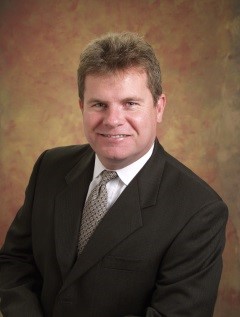
Roger Berg is Vice President of DENSO’s North American Research and Development group. His latest research interests and responsibilities include connected and automated vehicles, transportation data collection and analytics, cyber security, and most recently, Blockchain for mobility services.
Berg has experience in military and consumer electronics from previous engineering management and executive positions at Northrop Grumman, Motorola, and Sony Electronics combined with his 19 years as an executive for automotive electronics product development and R&D at DENSO.
Berg earned a BSEE from the University of Illinois in Urbana-Champaign, and a MSEE from Illinois Institute of Technology in Chicago. He is the inventor or co-inventor on 12 U.S and international patents. He is a long-standing member of SAE, where he currently holds the position of vice chair for the V2X Communications Steering Committee and V2X Vehicular Applications Technical Committee. Berg is also a member of IEEE, the USDOT ITS Program Advisory Committee, the DriveOhio Expert Advisory Board, and serves on the Affiliate Advisory Board for the Auto-ISAC. He was most recently appointed vice chair of MOBI’s Connected Mobility Data Marketplace and core member of their Supply Chain working groups. In December of 2016 he was voted one of the Automotive News’ “60 people driving the self-driving improvement”.
Adil Kidwai
Head of Product Management, EdgeQ Inc.
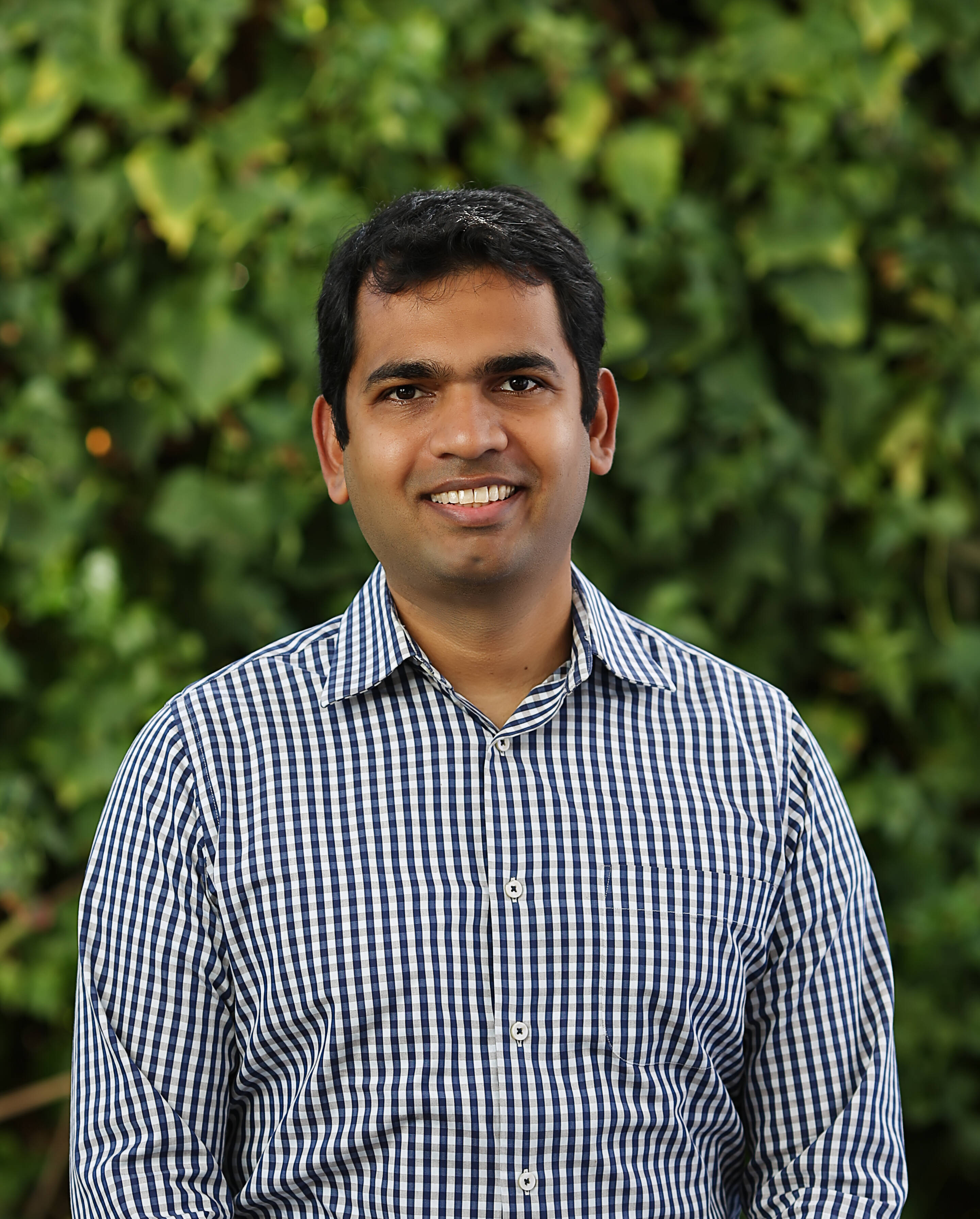
Adil has 18+ years of leadership experience developing core wireless technologies such as 4G/5G, WiFi, WiMAX, and Bluetooth. As a lead architect and technologist at Intel, Adil drove pervasive adoption and market success of wireless communications into high growth client markets such as Phones and PCs. He was also the Director of Product and IP Architecture at Intel Communication Device Group where he was responsible for 4G/5G Modem architecture, IPs and power optimization. He then became the Director of Engineering in the field of Artificial Intelligence / Machine Learning, focusing on L4/L5 Autonomous Driving and Datacenter Inference.
He obtained a Bachelor of Technology in Electrical Engineering from Indian Institute of Technology, followed by a Masters of Science at UCLA and a MBA from UC Berkeley.
Manoj Roge
HPC/Data Center Segment Lead, Synopsys Inc.

Manoj has over 27 years of semiconductor and systems experience. Previously, Manoj was VP of strategic planning and business development at Achronix. Manoj has held senior management and engineering positions at Xilinx, Intel-PSG and Cypress Semiconductor. He successfully defined and executed new product strategies that resulted in significant increase in market share for the respective companies during his tenure. He has deep understanding of design requirements for broad set of market segments and fosters relationships with customers and ecosystem partners to deliver innovative solutions to the market. He holds an MBA from Santa Clara University, MSEE from University of Texas, Arlington and BSEE from University of Mumbai.
Gopal Hegde
Senior Vice President, Engineering & Operations, SiMa.ai

SiMa.ai is a machine learning company transforming the embedded edge market through high-performance compute at the lowest power. Initially focused on computer vision applications, the company’s software-first approach simplifies ML integration and supports the broadest set of capabilities through a purpose-built MLSoC™ platform, enabling rapid adoption and creating the best of ease-of-use experience. Gopal is responsible for all aspects of engineering including product architecture, silicon design, software, manufacturing and operations.
Gopal is a veteran of the computing industry with over 30 years of experience in leading teams to transform industries. Prior to SiMa.ai, he was VP/GM for Server Processor business at Marvell semiconductor where he led Arm based server processor development targeting cloud and HPC applications. He held executive management positions at Calxeda, Cisco, Adaptec and Intel.
Mike Fitton
Vice President and GM, Network Business Division, Intel

Mike Fitton is vice president and general manager in the Programmable Solutions Group (PSG) and general manager of the Network Business Division at Intel Corporation. He sets the strategic direction of this group as well as operationally managing the Network Business which includes wireless and wireline infrastructure within PSG which services customers both internal and external to Intel.
Mike begun his engineering career in algorithmic design for 2G wireless handsets, and variously provided input to 3G standards definition/selection, capacity analyses for 3G spectrum auctions, as well as driving early adoption of Wireless Personal Area Networks, including serving as the chair of the Bluetooth Radio Working Group. Mike has previously held senior Engineering and Business leadership roles with Altera and Intel PSG’s Wireless and Access Business Unit, amongst other companies.
Mike received his bachelor’s and doctoral degree in Electronics and Communications from the University of Bristol, UK; his PhD thesis related to the air interface selection for 3G UMTS Radio Access Network and was funded under a UK EPSRC Research Grant. He was a post-doc researcher with the British Telecom Virtual Universities Research Initiative during the ETSI evaluation of candidate radio access schemes for UMTS. He is the author/co-author of 45 patents across networking, semiconductors and machine learning; he has had papers published in excess of 20 international conference and journals.

